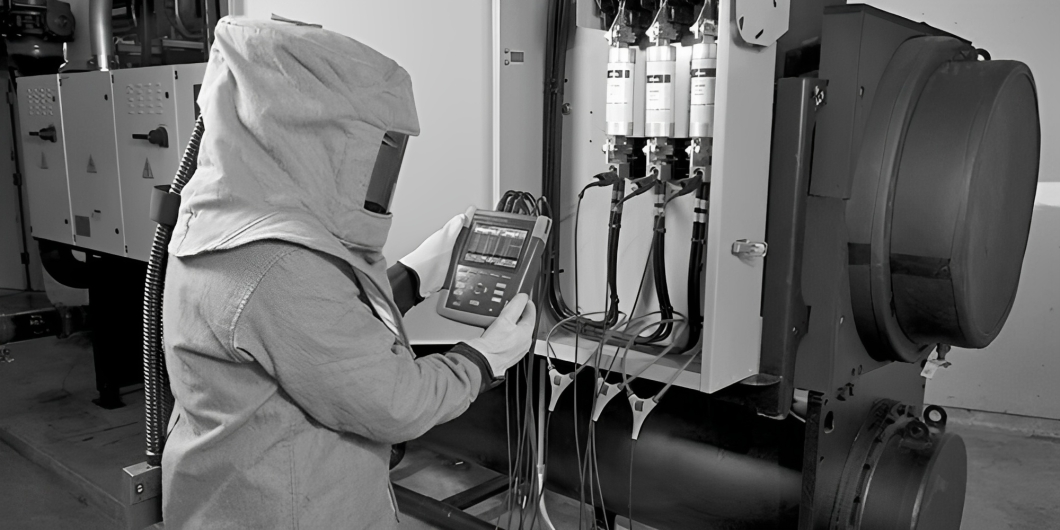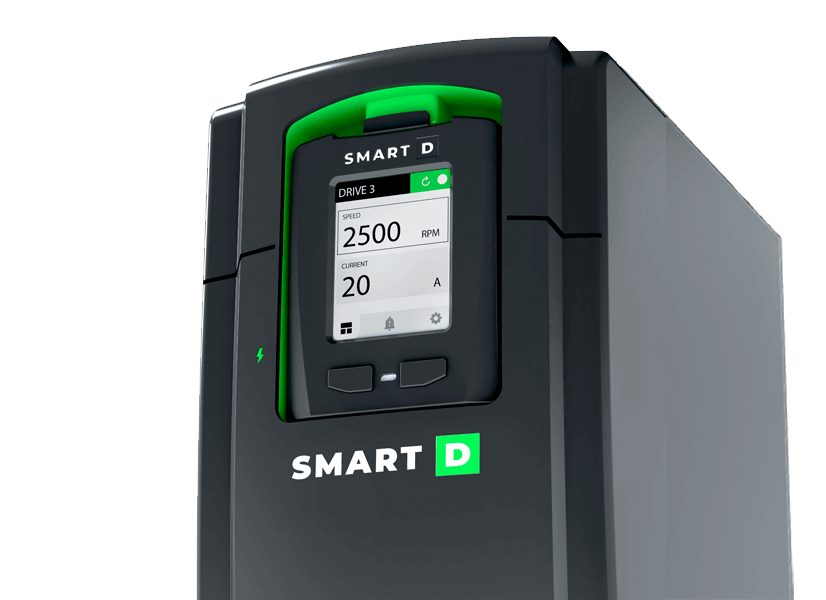The Amazing Low Harmonic
- Home
- The Amazing Low Harmonic
Solving Harmonics Problems at the Source
Ordinary Variable Frequency Drives generate harmonics, and these harmonics have negative effects on both motors and the electrical grid. Common harmonic mitigation strategies come with their set of associated challenges.
A Variable Frequency Drive (VFD) with a clean output signal eliminates harmonics at the source, removing the need for mitigation and improving the overall performance of the system.
Sources of Harmonics

Sine wave
VS

PWM signal
Figure 1 – Sine wave VS PWM signal
An ordinary Variable Frequency Drive generates harmonics at both its input and its output.
On the motor (output) side, the VFD emulates a sine wave with a Pulse Width Modulated (PWM) signal. Referring to figure 1, it’s easy to spot the difference between the two signals.
The PWM signal is somewhere between a square wave and a pure sinusoid. The squared-off nature of the PWM signal results from the limited switching frequency of the Integrated Gate Bipolar Transistors (IGBT), commonly used in ordinary VFDs.
Harmonics are an inevitable and unfortunate by-product of a PWM signal.

Mains supply voltage
and

Load current demand
Figure 2 – input voltage and current waveform
The situation is similar on the grid (input) side of the VFD. The diode bridge architecture used in ordinary VFDs draws current non-linearly at the peak of the voltage waveform.
The resulting current waveform (figure 2) is rich in harmonic content, which is propagated back onto the electrical distribution network.
It is not uncommon for an ordinary 6-pulse VFD to generate total harmonic current distortion (THDi) in the range of 80% on both the grid side and the motor side of the VFD.
Impact of Harmonics

The fact that the motor output of an ordinary VFDs contains harmonics means that the total RMS current in the motor is significantly higher than the fundamental current.
This excess current is manifested in increased copper and core (iron) losses, which in turn increase the heat within the motor itself.
In the short term, excess heat can cause thermal nuisance-trips, directly hampering operations.
Over the longer term, the excess heat will degrade the motor insulation, leading to early failure.
Harmonics cause motor damage (insulation degradation, bearing issues) and reduce efficiency. They require oversized conductors, increase costs, and harm equipment (e.g., transformers, lighting loads).
Utilities enforce limits (THDi ≤ 5% under IEEE 519) and penalize non-compliance.
Harmonics Mitigation
Given the many problems associated with high THDi, manufacturers have developed ways to mitigate their impact on both motors and the electrical network. However, all these mitigations come at the cost of increased capital investment, reduced system efficiency, larger physical footprint, and ongoing maintenance cost.
A sinusoidal filter reduces harmonics between a VFD and a motor, but not completely. A line reactor or passive filter can also reduce harmonic content, but line reactors fall short of IEEE 519 requirements. A properly maintained passive harmonic filter meets the IEEE 519 limit but requires space, time, and ongoing maintenance.
Eliminate, Don’t Mitigate
Eliminating a problem at the source is preferable to mitigating it later.
New-generation wide-bandgap (WBG) semiconductor technology, such as silicon carbide (SiC) and gallium nitride (GaN), is being used by SmartD to address this issue. WBG MOSFETS enable higher switching rates, surpassing ordinary IGBTs.
When deployed in active front end (AFE) architecture, these drives meet the 5% THDi limit specified by IEEE 519 on the input side and provide a true sine wave output on the motor side, reducing motor wear.

WBG-based drives offer advantages like :
- Improved efficiency
- Smaller size
- Longer motor life
- Lower-cost general purpose motors
- No filter maintenance
- Scalability
- Lower installation cost
- Reduced system complexity
One example of a SiC-based AFE drive is SmartD Technologies’ Clean Power VFD.
Book A Demo Right Now!
SmartD Clean Power is real and it is ready to revolutionize motor control. Don’t just take our word for it, see it for yourself.
This post is also available in: Français